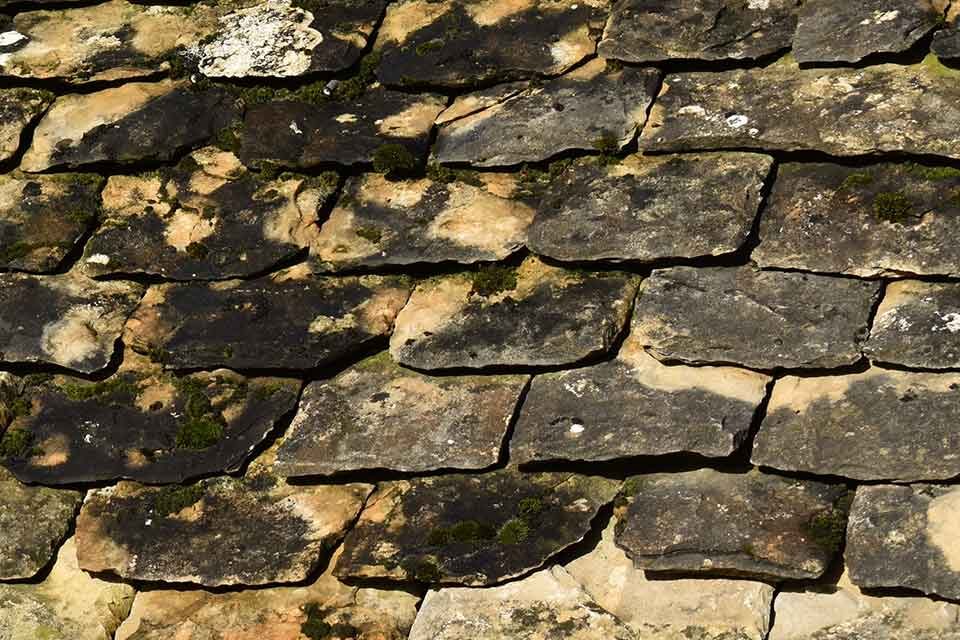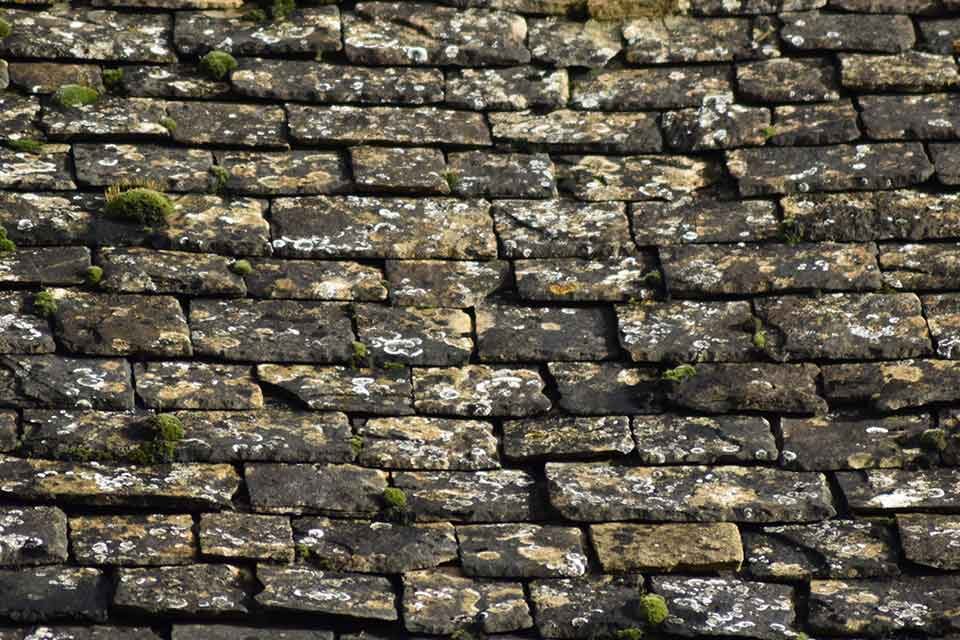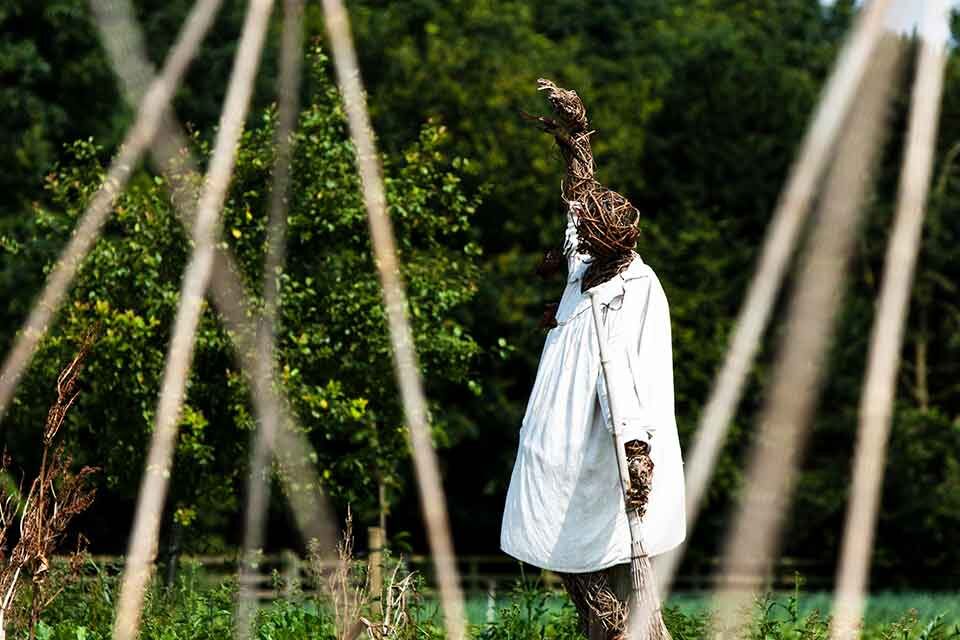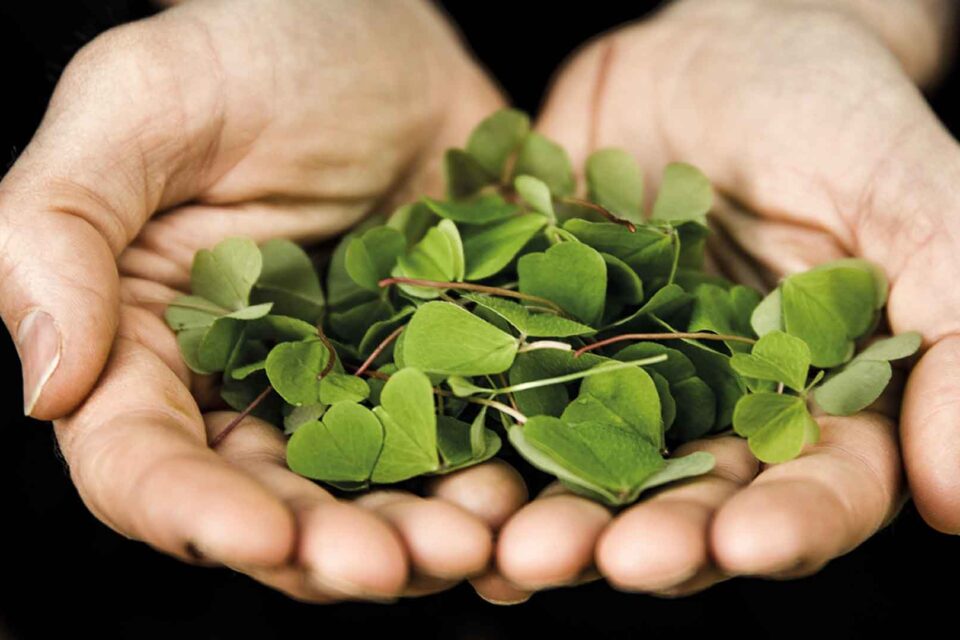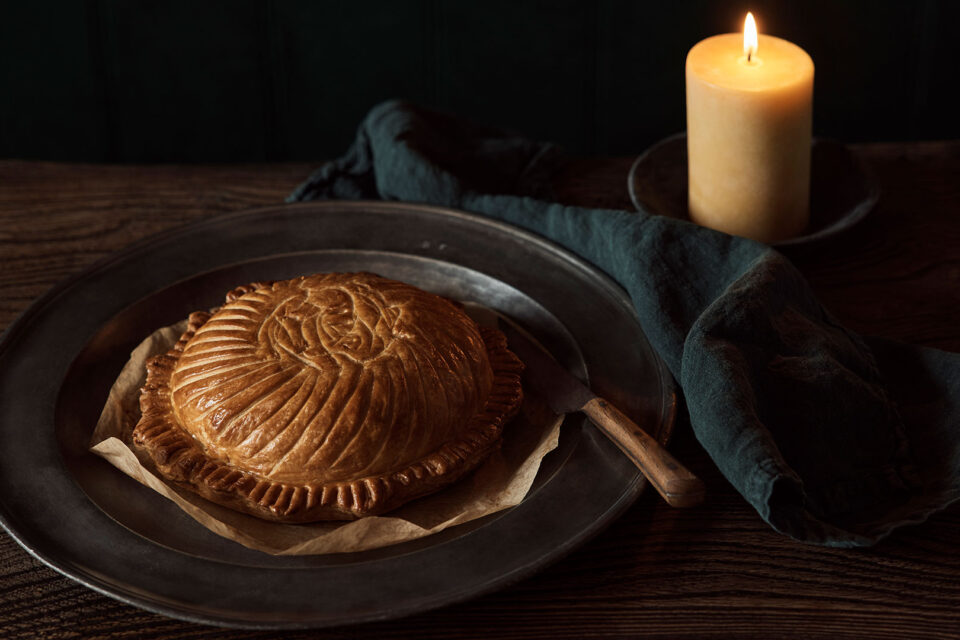Last autumn we marked the reopening of The Bell at Charlbury with stories about its renovation and our work with local artisans. To start the new year with a celebration of heritage local crafts, our Head of Sustainability is revisiting one of the more prominent features of the building, the roof.
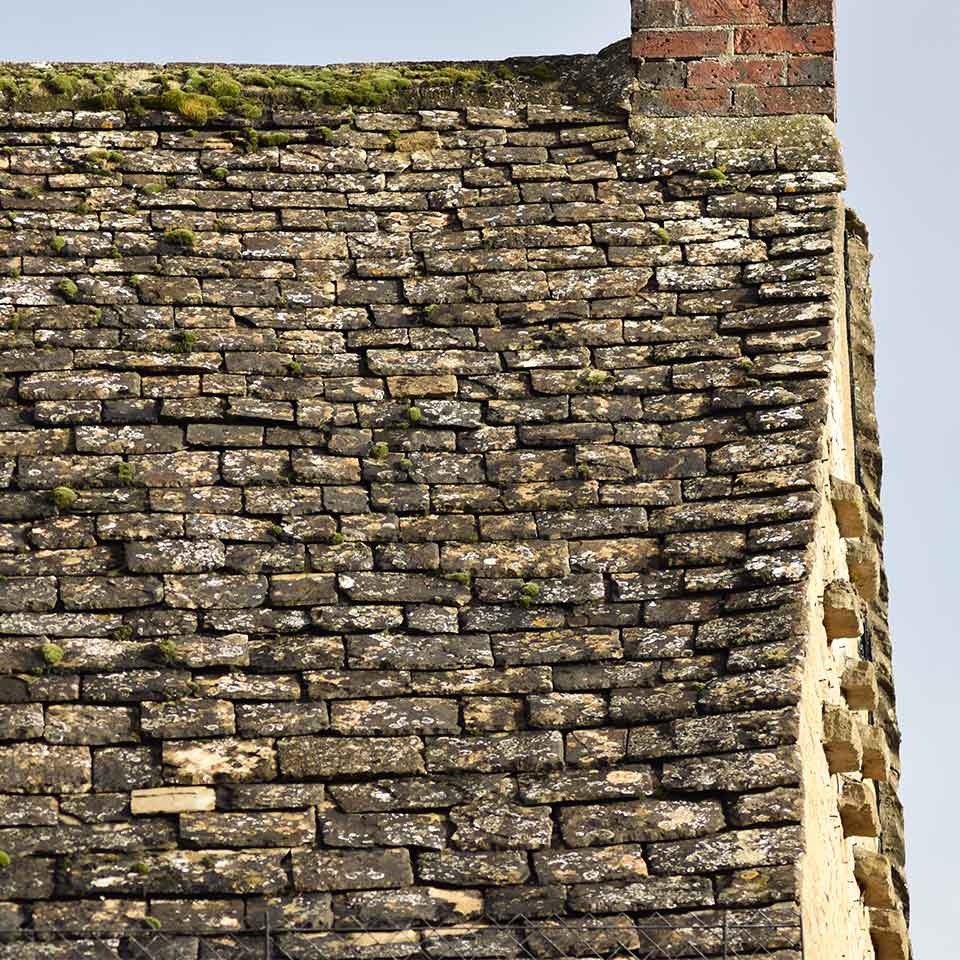
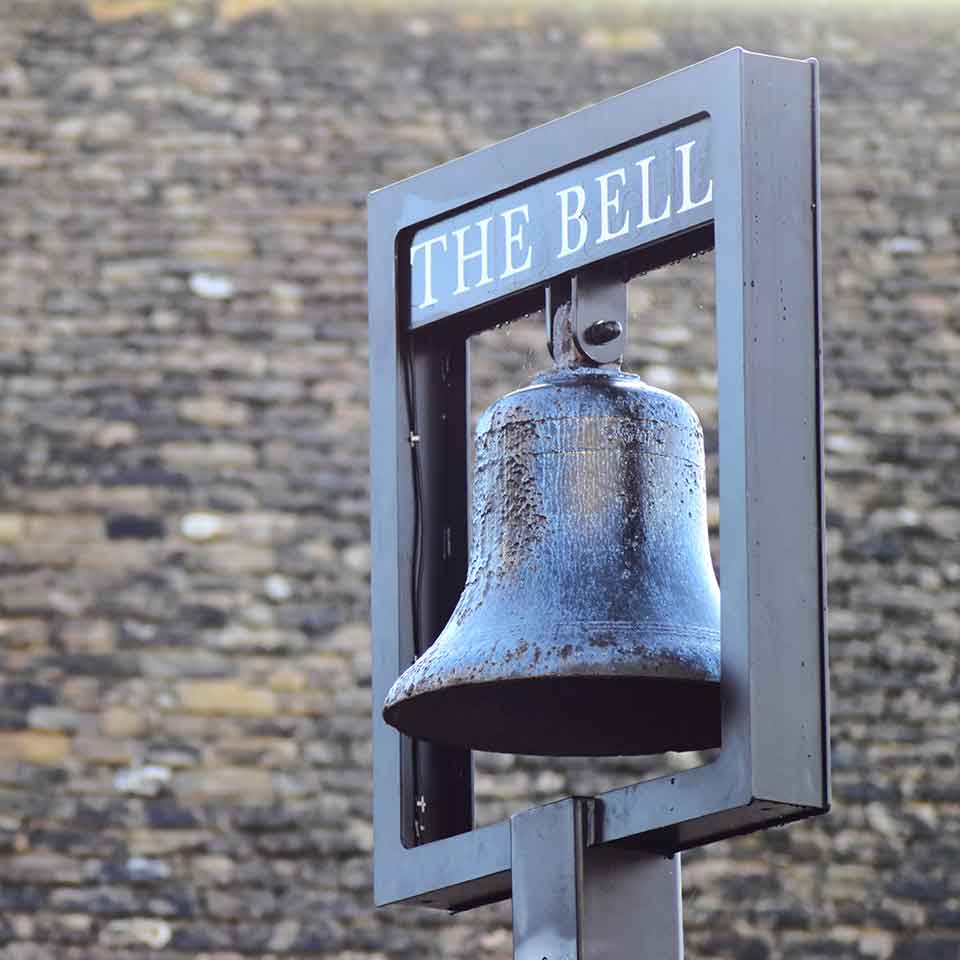
We may well be experiencing the warmest winter on record. Great news perhaps for heating bills, though many of us will lament the premature arrival of daffodils and cherry blossom that usually signal the end of the season’s long dark nights. 400 years ago, as The Bell was undergoing construction, a mild winter would have been an unwelcome event for local villagers reliant on the cold for their income.
The Bell’s roof is made from Stonesfield Slate, a stone commonly used in Cotswold buildings and named after its original quarry, or ‘delph’, just three miles from Charlbury. It is a type of frost-split slate; quarrymen would lay out freshly mined stone blocks called ‘pendle’ to expose them to the cold winter air and allow natural freeze-thaw processes to split them into thin workable pieces. The quarrying (or ‘delving’) would traditionally start at Michaelmas, allowing time to lay out enough stones ahead of the colder weather and giving locals a continued income after the harvest. Delph workers would often be called to the mine ahead of expected frosty conditions to ensure plenty of raw stone was laid out, fittingly summoned from their homes (and often their beds) by a bell.
Following the first frosts the ‘slatters’ would get to work, shaping the split stones into slate tiles with a small fixing hole to hang them from the roof with oak pegs. With natural splitting and hand shaping, no two tiles were ever the same, and consequently no two Cotswold roofs are alike. Instead, the slates were sorted into sizes measured using a notched wooden stick or ‘slatters’ rule’. Starting with the ‘cussoms’, a large tile installed at the eaves to channel rainwater out and away from the walls, the slates were then laid in diminishing courses of ‘followers’ with wonderful names: ‘wivetts, ‘becks’, ‘bachelors’, ‘movedays’, ‘cuttings’ and finishing with the smallest ‘short cocks’ at the ridge. Much like the vernacular rubble limestone construction of Cotswold cottages or dry-stone walling, this practice of ‘random roofing’ required an immensely skilled worker to fully utilise the available stone.
Hundreds of years later, the roof of The Bell has retained its charm. Centuries of weathering, piecemeal maintenance and lichen growth have created a patchwork of colour and character, and within the loft spaces the original wooden laths still support ancient slate pegs. We are proud to have become custodians of such a fine example of this regional craft and we hope to preserve it for many more years. On your next visit, have a quick look up.
